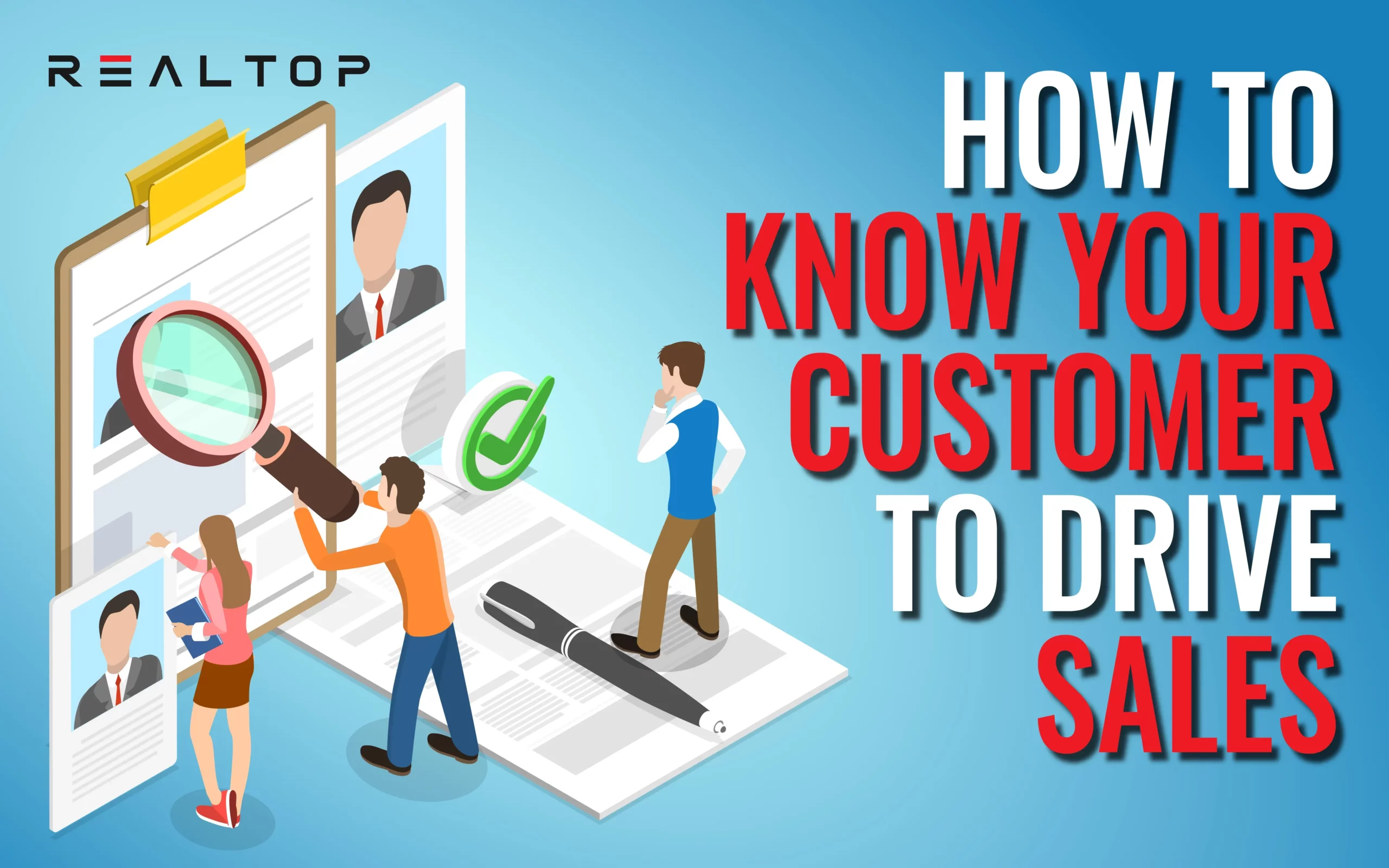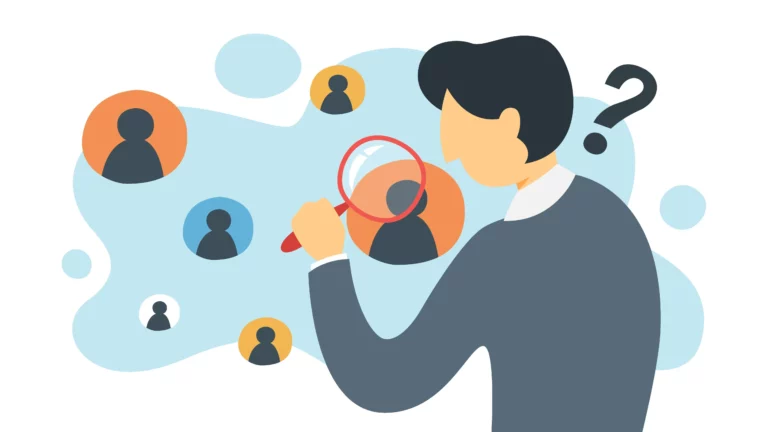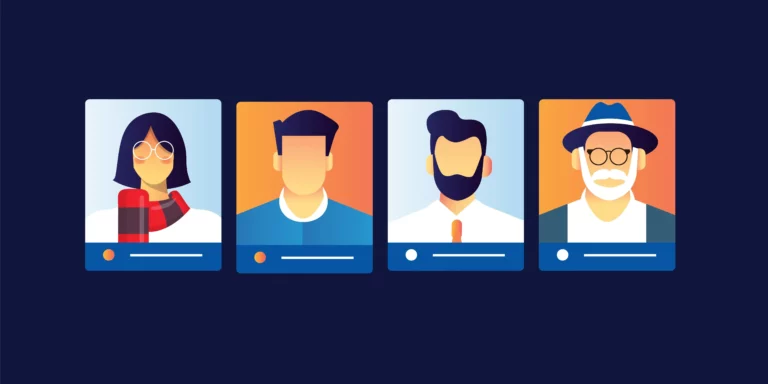Customer Experience: Exceeding Expectations
The key to successful marketing strategies is exceeding customer expectations. You should have a great product but also excellent service. Customers will remind how your company made them feel. If you make them feel heard and appreciated, you can be sure they’ll return for more.
Also, use this opportunity to ask for their feedback regarding product satisfaction and service. It will demonstrate that you care about their opinion and provide relevant insights on what you can improve. Feedback is always acceptable, either negative or positive. Once you better understand your customers’ experience, you can optimize your sales process to ensure a high satisfaction score. This will help you know the answer to the main question: Do you REALLY know your customer?
Engagement: Understanding Customer Preferences
Ongoingly interacting with your customers will help you build strong relationships with them. Additionally, engaging with customers will get communication flowing with your company on all your digital channels. The more active and engaging your company is online, the more traffic you will generate. Pay attention to online reviews, social media comments, messages, emails, and everything that provides information about your customers preferences.
Once you understand what they like, create strategies around it. For example, if users enjoy watching videos on your social media channels, publish lots of engaging videos that catch their attention. Give customers what they want, not what you think they want.
Evolving: Do you REALLY know your customer?
Finally, from everything you’ve learned, analyze your current processes and strategies, and think, what can I do better? How can I deliver value to satisfy customer needs? Remember, it is not what you think it is but what the actual data represents. Most importantly, constantly research your target market. People change all the time. What works today might not work tomorrow.
Conclusion
Before answering “Do you REALLY know your customer?”, make sure you follow the next five key steps:
- Research and Develop a buyer persona
- Analyze and look at the whole picture
- Provide an outstanding customer experience
- Engage and understand customers’ preferences
- Think about how you can do things better
With these steps, you will be one step closer to understanding customers’ purchasing behaviors so that you can formulate effective marketing strategies that drive revenue. However, this might be the trickiest part if you have no experience with market research. But don’t worry. RealTop can help you! We have over 15 years of experience helping business owners attract more customers online through targeted digital marketing strategies. Contact us today and get a free marketing plan!





